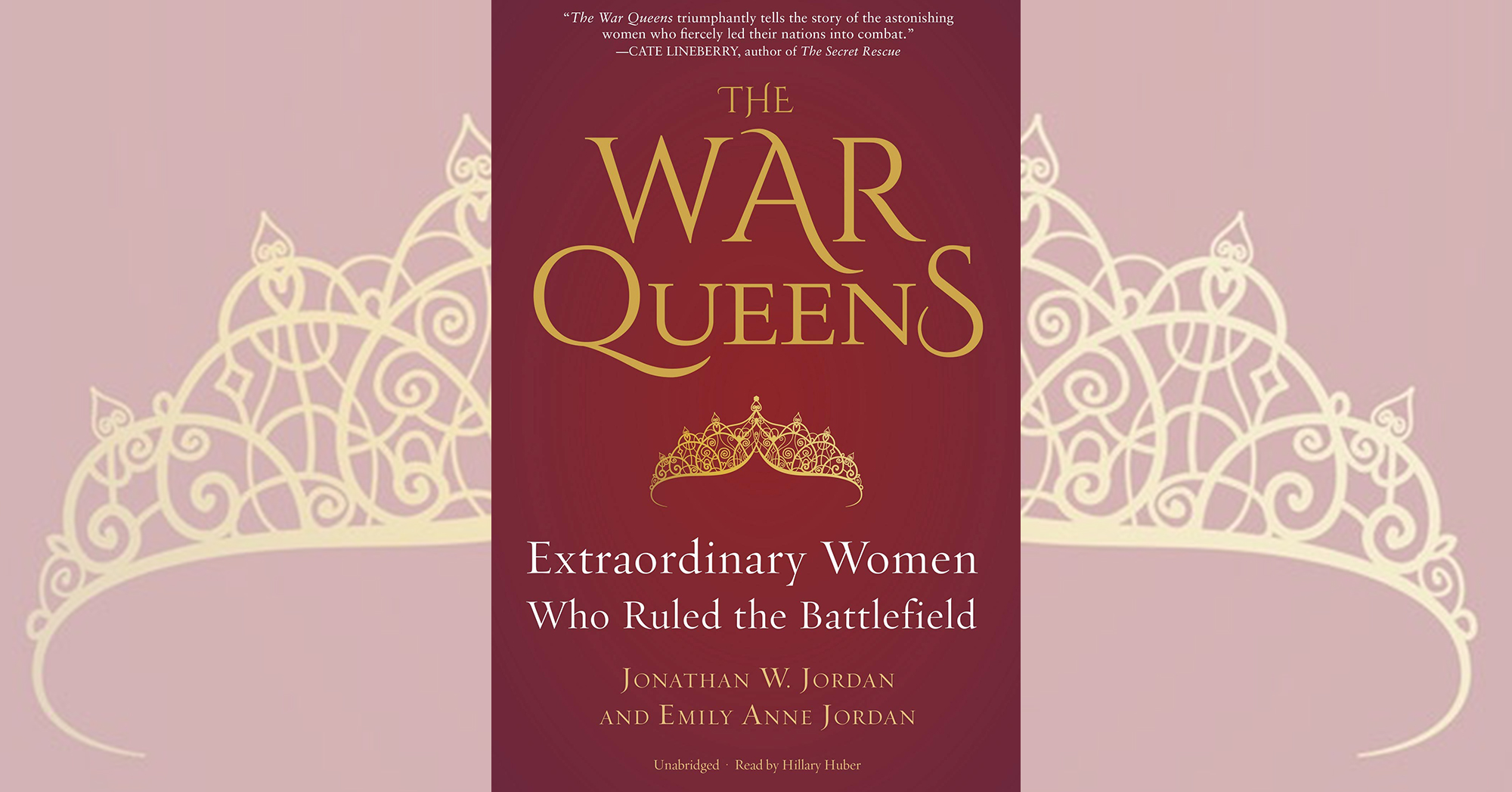The War Queens: Extraordinary Women Who Ruled the Battlefield, by Jonathan W. Jordan and Emily Anne Jordan, Diversion Books, New York, 2020, $27.99
It has been said the female of the species is deadlier than the male. This entertaining new volume, written by a father-daughter team, seeks to prove the point by delineating the careers of 13 of the most successful female war leaders in history (see the authors’ related feature, “Women of War,” in the November 2020 issue of Military History). The War Queens covers a range of eras and places, from the 6th century bc to 1982, and from China to the Falkland Islands. The lives of some, such as Elizabeth I of England and Cleopatra of Egypt, have already been exhaustively chronicled elsewhere. Others, such as the Mongol Mandukhai and Angola’s Njinga, were rather more obscure. Still others, such as Tomyris of the Massagetae and Boudica of Britain, were so ancient as to have become nearly mythological, although contemporary records prove they were very real.
Perhaps the one glaring omission from the authors’ list of notable warrior-queens is Maria Theresa of the Holy Roman empire. Despite being forced to go to war to secure her position almost as soon as she ascended the throne—at age 23—and having fought Frederick the Great of Prussia to a draw in three conflicts despite her erstwhile ally Tsar Peter III of Russia withdrawing from the third prematurely, she is given surprisingly short shrift.
The authors’ primary thesis is that these female war leaders owed much of their success to the inherent difficulties they experienced having to wrest power in environments where only men ruled. “In life,” the authors say, “they saw themselves as problem-solvers, not trendsetters or role models for future women. If war was part of the solution, so be it.”
—Robert Guttman
This post contains affiliate links. If you buy something through our site, we might earn a commission.





